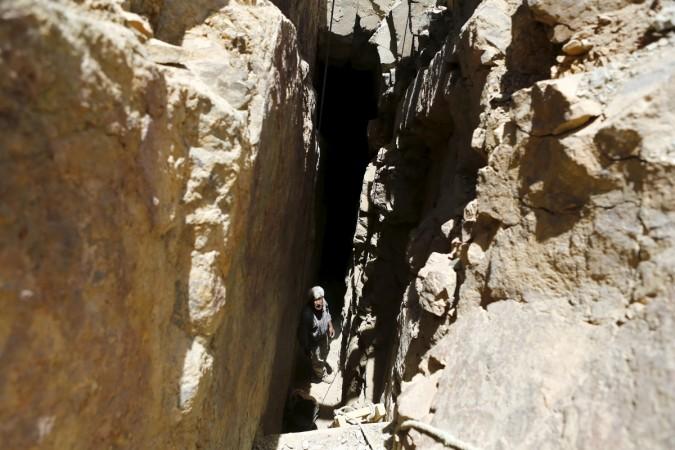
A mysterious humanoid skeleton discovered more than a decade ago in the Atacama Desert of Chile belonged to an infant human female, scientists say.
Nicknamed Ata, the six-inch long skeleton featured an elongated skull and 10 pairs of ribs instead of the usual 12, with the unusual features attracting the interest of alien and UFO enthusiasts.
However, genetic tests of the specimen conducted by scientists in California revealed beyond doubt that the skeleton belonged to a female newborn human, with its bizarre physical features the result of mutations in several genes known to govern bone development.
Dr Garry Nolan, professor of microbiology and immunology at Stanford University, discovered that although the girl appeared to have been stillborn – or to have died immediately after birth – her bone composition was that of a five- to eight-year-old, suggesting that she had a rare, bone-aging disorder.
"I had heard about this specimen through a friend of mine, and I managed to get a picture of it," Nolan said.
"You can't look at this specimen and not think it's interesting; it's quite dramatic. So I told my friend, 'Look, whatever it is, if it's got DNA, I can do the analysis.'"
Genetic analysis of the specimen, which is estimated to be around 40 years old, revealed that Ata had several mutations in at least seven genes that control bone development.
The skeleton's features were consistent with a condition known as dwarfism, which involves various bone deformities and facial malformations.
Scientists were unable to match up two percent of Ata's DNA with human DNA, although this was due to the sample being degraded and not extraterrestrial biology.
"For me, what really came of this study was the idea that we shouldn't stop investigating when we find one gene that might explain a symptom," Nolan said.
"It could be multiple things going wrong, and it's worth getting a full explanation, especially as we head closer and closer to gene therapy.
"We could presumably one day fix some of these disorders, and we're going to want to make sure that if there's one mutation, we know that – but if there's more than one, we know that too."
Nolan's findings have been published in the journal Genome Research.











